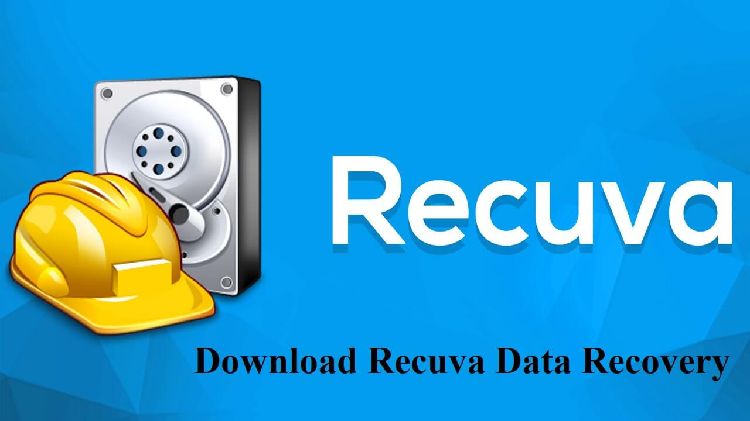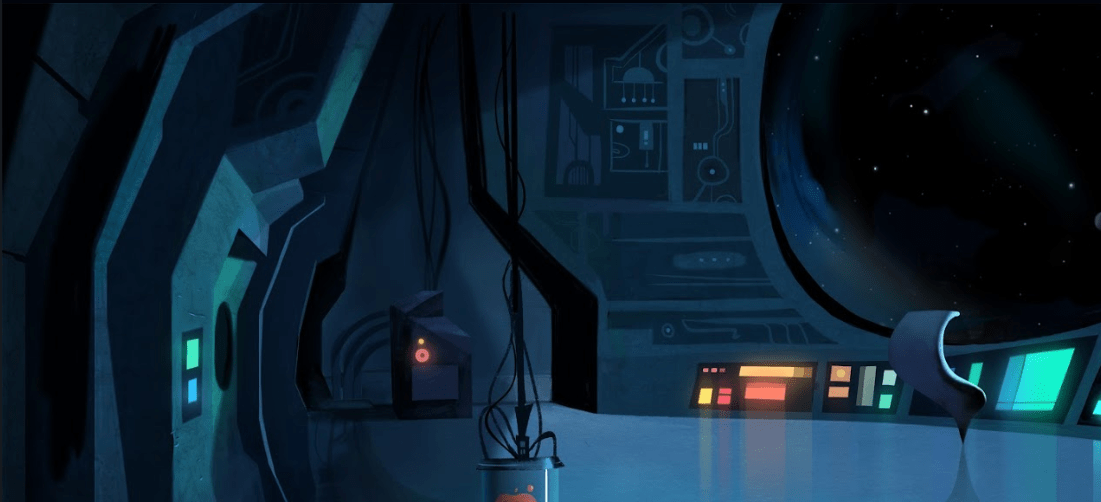Along with the development of new technologies, the curriculum is also changing. Children are already being taught how to use various gadgets, how to get a term paper written within a deadline with the help of the world wide web, they are native to the Internet, and can easily install chatbots and perform any operation that seemed impossible even 20 years ago. With the rushing emergence of new things to learn and teach, modern pedagogy needs to rethink the choice of subjects of study.
Current Education and Technology symbiosis
The upcoming 4th technological revolution will make the whole education system train people to become technology savvy and versatile in their technological skills. The biggest global IT companies are interested in spreading information about programming, technology and possibilities within this field, since it provides high-quality candidates for their jobs. Apple is developing Swift playgrounds to help kids master basic programming, while the most influential people in the IT sphere are sponsoring the online initiative code.org. Software and hardware are moving with the speed of light, and modern kids can easily program the simplest LEGO robots, making something absolutely different.
Education will involve Artificial Intelligence, Machine learning, data analysis, drones, distance classes, online teaching assistants and many more. This is only the beginning of the process of further technological advancement. If children are not taught the basics of technology from an early age, it will be more and more complicated for them to adjust to a professional atmosphere in the future.
The World of the Future – Today
Speaking about the problem of information overload, it is worth noting that without the help of modern technology, humans are unlikely to be able to gain quality knowledge. This year, artificial intelligence will be increasingly involved in the field of learning. Through the study of Big Data and machine learning technologies, we will be able to curb the continuous flow of information and derive useful information from it. Studying these technologies today will enable young professionals to become in-demand in the labor market of the future. Our children are becoming part of the emerging information society. They must learn to master the tools of the new century – the intellectual tools.
The transition to the use of new technologies, not only on a large scale but also in everyday life, is becoming more and more visible. Students and schoolchildren are already using bots to get a quick response on their smartphones. Tools such as Google Home, Amazon Echo (Alexa) and Siri help students find the information they need faster in a question-answer format. In the U.S., the practice of using such services with children has already developed. Students no longer use only Google and Wikipedia to do their homework.
Not only artificial intelligence helps students but teachers as well. Universities are already introducing the practice of introducing modern technologies into educational programs. A teacher at Georgia Tech uses a chatbot to help students with online answers. Students can complete assignments faster, and also conduct extracurricular activities online. By doing so, the emergence of virtual tutors will begin to supplant real ones. Personal study assistants on the phone are becoming more and more commonplace.
Modern technology speeds up the learning process and also helps professionals to work. And it’s not just about implementing artificial intelligence. In the near future, virtual reality technologies will help medical students perform practical operations without harming the patient. Next Galaxy is creating a unified social VR platform called CeeK. The developers plan to make an entire virtual world with stores, meeting places and classrooms for learning. Sitting at home, a student will be able to attend class only by wearing a special device in the form of glasses.
It is great news because it unifies the space. Entering the virtual world will allow people with disabilities to attend class and communicate with their peers.
Problems of Internet education
The sheer volume of information will increase every year. EMC predicts that the volume of information will double every two years over the next eight years. One of the main drivers of this growth is an increase in the share of automatically generated data to over 40% in 2020. However, the proportion of information useful to humans will be less than 35% of the total. It will be harder and harder to get the knowledge we need using the Internet.
The average user of the world wide web spends more time consuming useless and fast-food information than learning in the endless pool of information. There are more and more internet-addicted people who can spend more than 18 hours in front of the blue screens.
Today we need to see the line between educating children in a digital space and fully immersing them. Global companies are creating more and more servers for big data and they are constantly in need of specialists able to process it with the help of technology. However, changes in education with the development of IT technology are inevitable.
Is the future machine-led?
Despite a large amount of data on the world wide web, it will be people who will have to monitor and oversee the quality of information. But technology is already coming in handy today. Teachers in educational institutions, giving classes to an average of 30 people, are forced to follow an educational program without stopping for the laggards. In countries such as China, Japan and India, thousands of young people have a hard time getting an education because of a lack of qualified teachers and an overabundance of students in classrooms. Artificial Intelligence, flexibly tailored to each learner, can help them get the knowledge they need.
Google adapts search results by geolocation, Amazon recommends purchases based on previous ones, Siri analyzes user commands. Already today, artificial intelligence understands human needs. Just as it identifies these interests, selecting goods for sale, artificial intelligence will be able to analyze the abilities of the student, adjusting the individual learning program.
Machine learning algorithms can collect test data and user progress to give the right tasks at the right time. In the next 10 years we cannot predict the elimination of the human factor in the educational environment. However, in the long term, artificial intelligence will be able to replace not only teachers in schools but also private educators.
We can assume that very soon anyone will be able to learn even the most complex subjects remotely. If we look far into the future, the very fact of receiving a world education will become an everyday thing.








